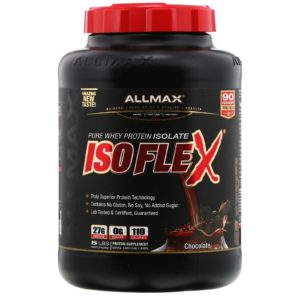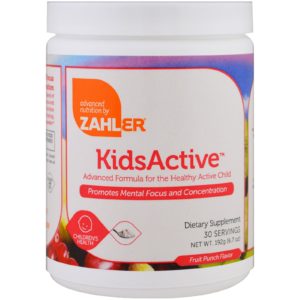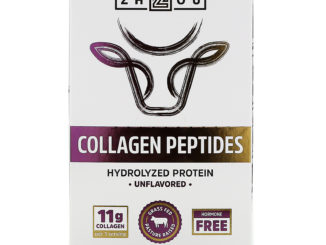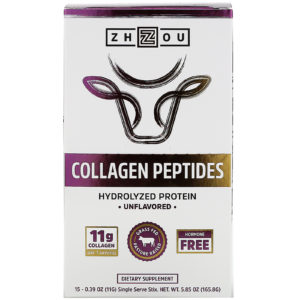The properties of Serine
Serine (symbol Ser or S) is an ɑ-amino acid that is used in the biosynthesis of proteins. It contains an α-amino group (which is in the protonated −NH+3 form under biological conditions), a carboxyl group (which is in the deprotonated –COO− form under biological conditions), and a side chain consisting of a hydroxymethyl group, classifying it as a polar amino acid. It can be synthesized in the human body under normal physiological circumstances, making it a nonessential amino acid. It is encoded by the codons UCU, UCC, UCA, UCG, AGU and AGC.
Serine deficiency disorders are rare defects in the biosynthesis of the amino acid L-serine. At present three disorders have been reported: 3-phosphoglycerate dehydrogenase deficiency, 3-phosphoserine phosphatase deficiency and Phosphoserine aminotransferase deficiency. These enzyme defects lead to severe neurological symptoms such as congenital microcephaly and severe psychomotor retardation and in addition in patients with 3-phosphoglycerate dehydrogenase deficiency to intractable seizures. These symptoms respond to a variable degree to treatment with L-serine, sometimes combined with glycine.
The classification of L-serine as a non-essential amino acid has come to be considered as conditional, since vertebrates such has humans cannot always synthesize optimal quantities over entire lifespans. D-Serine is being studied in rodents as a potential treatment for schizophrenia and L-serine is in a FDA-approved human clinical trial as a possible treatment for Amyotrophic Lateral Sclerosis, ALS. There is also evidence that L‐serine could acquire a therapeutic role in diabetes.





































































